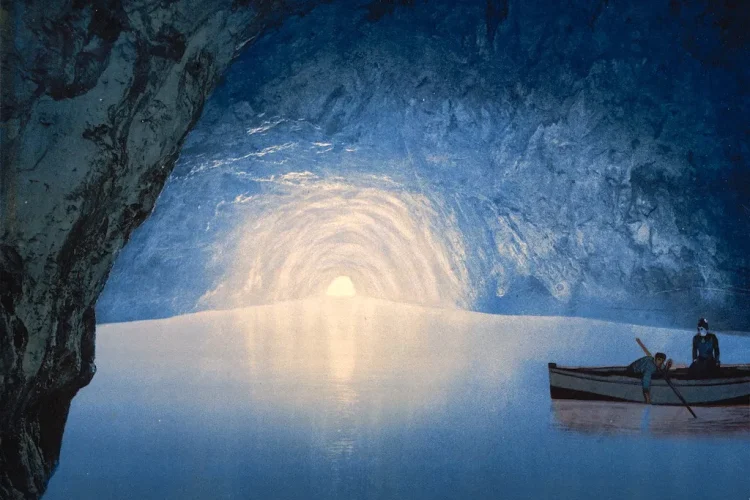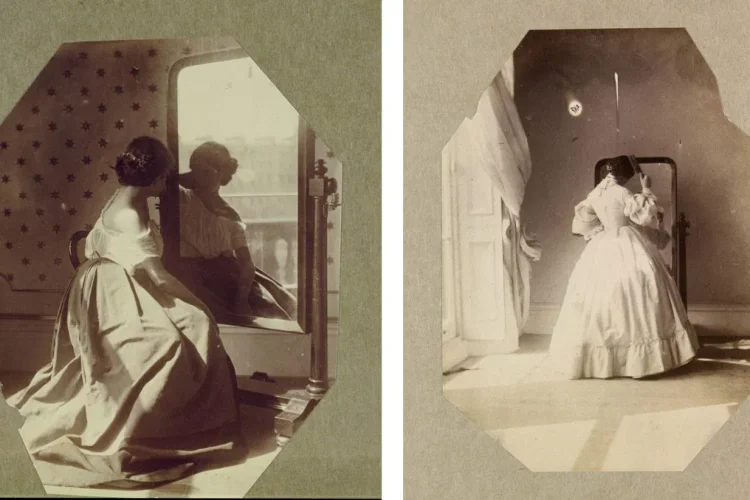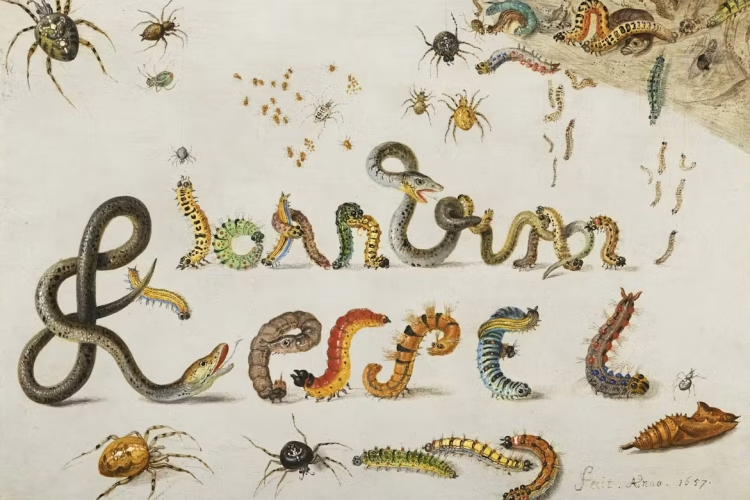SVG, Somerset, NJ, United States
The forest is one of the only places I can exist where my constant intrusive, upsetting thoughts are quiet. How do I take that quiet and calm with me when I leave the woods?
AH:
Dear SVG,
I admire your ability to silence your thoughts when you are in the woods. I have never been able to. But something I do to silence my mind in the forest and then carry my memories and thoughts of the forest away with me might work for you as well. I carry a notebook and write what I see and what occurs to me as I walk. I often take photos as well, but these don’t do as much for me as the words. Writing what I am seeing draws me into what I am looking at. Then in the evening or after a week of making observations, I rewrite them into a short note on what I’ve been seeing. I’m not very disciplined about doing this, but when I do, it helps me see more clearly. It embeds me in the woods while I am there, then it helps bring the woods home with me when I leave.
During the pandemic, I published a short essay on this process. Here’s a passage:
“Writing mediates between fields of view. It represents a conscious decision to filter and then aggregate individual observations into a composite portrait. I generally begin in the woods. If the hand lens, the camera, and the eye are my frames, clipping off the world’s ragged margins and presenting me with one thing at a time, my field notebook is the winnow. It lets the observations that do not interest me blow away, often to get lost for years, sometimes to show up unexpectedly in conversation or a lecture or contextualized when I recall them in another walk. The few moments that for one reason or another I consider worth writing down are captured. Sometimes they represent a pattern I am beginning to understand. Sometimes they capture something out of place. Mostly, I list organisms and their behaviors. ‘45 minutes past sunrise and all quiet: then nuthatches, pewees, phoebe in the distance.’ ‘A hummock of Atrichum altecristatum dried and knotted up, echinate with sporophyte filaments.’ ‘Some of the capsules of Viola pubescens still closed.’
“Over the weekend, after a week of walks, I like to work the notes over as I would a stack of plant specimens, assembling them into sentences. When time allows, I aggregate the sentences written during walks into paragraphs. As I write, my memory sharpens. The view I had at the moment resolves, and I notice details I hadn’t seen at the time. The sentences bunch into paragraphs that sketch lines of connection between moments or individuals. I check off the lines in my notebook when I have fit them into place. I fill in gaps between the individual observations until I have twelve hundred words or so, a round portrait of a week’s worth of looking and thinking.
“Writing organizes the chaos between my ears and allows me to progress from one observation or state of mind to the next. The lines in the notebook, the sentences, the paragraphs and the short pieces of writing give form to understanding. I depend on them to show me whether I am seeing clearly. If a sentence is misshapen, I know that my thoughts are fuzzy or incomplete. I work over the sentences and paragraphs until they make sense. After I flesh out my memories of observations made in the field, reconcile them with my notes and photographs, I stand back and see if the resulting thing I’ve written stands on its own. If it does, there’s a chance I’ve made a useful and accurate model of the portions of the world I’ve walked through. It may be rough, it may need some details added or burrs buffed off, but I can trust it. I have some place to lodge my thoughts.”
If this approach seems like it might be helpful to you, I encourage you to look at a lovely worked example by two great naturalists, Ann Zwinger and Edwin Way Teale, who wrote a book together entitled A Conscious Stillness: Two Naturalists on Thoreau’s Rivers. Teale died while the book was in the works, and Zwinger drew extensively from his notes to fill in the chapters. As a consequence, you can see how his field notes evolved into something richer over time, as they were worked into a portrait that transformed Teale’s understanding of their trips. In his own words, “The discipline involved in making notes on the spot and doing research afterward enriches instead of diminishing the experience that has seemed transcendent at the time… Details fade and blur as time goes on. But if we have written it all in a book, we can experience it again with the intensity of the first encounter.”






